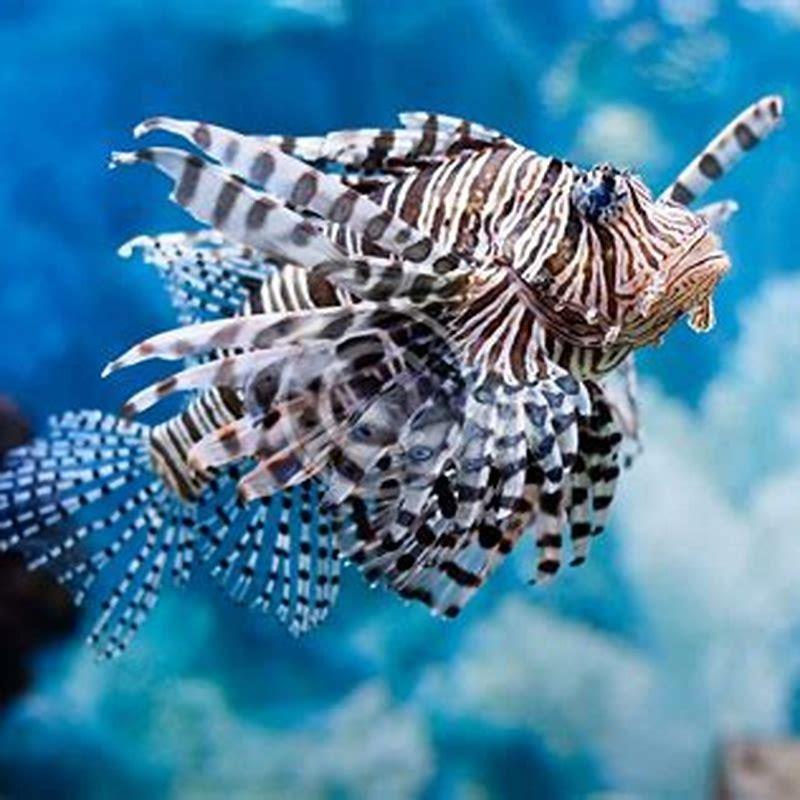The How Do Fish Get Into Isolated Bodies Of Water article we provide is expected to provide useful information for you, all of which we have summarized well.

Fish in Isolated Bodies of Water: Unraveling the Aquatic Enigma
During an idyllic fishing expedition in a secluded woodland lake, I encountered a perplexing sight: a school of sizable trout gracefully gliding through the waters, far from any discernable connection to larger rivers or streams. This encounter sparked a burning question: how did these fish venture into this isolated haven?
The existence of fish in isolated bodies of water, such as ponds, lakes, and even landlocked caves, has long fascinated scientists and anglers alike. Understanding their presence requires delving into the intricate processes of aquatic dispersal and adaptation.
Origins of Isolated Fish Populations
Isolated fish populations can arise through various mechanisms. One common scenario involves geological events, such as volcanic eruptions or tectonic shifts, which can create new bodies of water that become separated from existing aquatic systems.
Another mechanism is the gradual fragmentation of habitats due to natural processes or human activities, such as dam construction or deforestation. Over time, connected water bodies can become isolated, leaving behind fish populations trapped in their new confines.
Migration and Dispersal of Fish
Fish possess a remarkable ability to disperse over long distances, utilizing a variety of methods. Some fish species can navigate through flooded grasslands and ephemeral streams to reach isolated bodies of water. Others exhibit aerial dispersal, using their adapted fins to glide or leap over obstacles.
Waterfowl, such as ducks and geese, can also play a role in fish dispersal. They can transport fish eggs attached to their feet or feathers, inadvertently introducing them to new habitats.
Adaptation and Evolution in Isolated Environments
Once isolated in a new body of water, fish populations undergo evolutionary adaptation to survive in their unique environment. They may develop distinct genetic characteristics that enable them to thrive in the specific conditions of their isolated habitat, such as tolerance to low oxygen levels or extreme temperatures.
Over time, these adaptations can lead to the emergence of new subspecies or even new species, a process known as sympatric speciation. Isolated fish populations provide valuable insights into the remarkable resilience and adaptability of life.
Insights from the Frontiers of Research
Recent advancements in genetic analysis and telemetry technology have provided invaluable insights into the dispersal and adaptation of fish in isolated bodies of water. Researchers are using genetic markers to trace the evolutionary history of these populations and identify the specific dispersal pathways they have taken.
Telemetry devices, such as acoustic tags, are allowing scientists to track the movements and behavior of individual fish in real-time, shedding light on their migratory patterns and habitat preferences.
Tips for Anglers and Conservationists
The presence of fish in isolated bodies of water presents unique challenges and opportunities for anglers and conservationists. Understanding the origins and characteristics of these populations can inform sustainable fishing practices and conservation strategies.
Anglers should be mindful of the potential genetic diversity and fragility of isolated fish populations. Selective harvesting or the introduction of non-native species can disrupt the delicate balance of these isolated ecosystems.
Frequently Asked Questions
Q: Can fish survive in isolated bodies of water indefinitely?
A: Yes, fish can survive in isolated bodies of water for extended periods, provided that their environmental needs are met. Some fish species have evolved adaptations to thrive in these conditions.
Q: Are isolated fish populations always genetically distinct?
A: Not necessarily. If the isolation event is relatively recent, there may not be significant genetic divergence from the parent population. However, over time, isolated fish populations tend to develop unique genetic characteristics.
Conclusion
The presence of fish in isolated bodies of water is a testament to the extraordinary resilience and dispersal capabilities of aquatic species. Understanding the origins, adaptations, and conservation implications of these isolated populations is vital for responsible fishing practices, ecosystem management, and the preservation of biodiversity.
Are you fascinated by the incredible adaptability and dispersal capabilities of fish? Share your thoughts and join the conversation by reaching out to us. Together, we can uncover the secrets hidden beneath the surface of our aquatic ecosystems.

Image: www.youtube.com
You have read an article about How Do Fish Get Into Isolated Bodies Of Water. Thank you for visiting our site. We hope you benefit from How Do Fish Get Into Isolated Bodies Of Water.